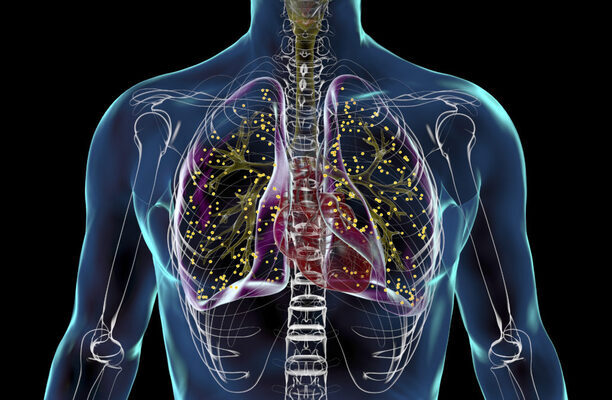By Bababunmi Agbebi
Edited by Sunkanmi Adewunmi
Tuberculosis (TB) remains one of the world’s deadliest infectious diseases, claiming thousands of lives each day. Despite major medical advancements, TB continues to challenge global health systems, especially in low- and middle-income countries.
TB is an airborne disease that primarily affects the lungs, though it can spread to other parts of the body such as the spine, brain, and kidneys. It is caused by the bacterium Mycobacterium tuberculosis, which can lie dormant in the body for years before becoming active. When active, it spreads through the air when an infected person coughs, sneezes, or speaks.
Historically, tuberculosis has had a devastating impact on human populations. Evidence of the disease dates back more than 3,000 years in India and 2,300 years in China. Between the 1600s and 1800s, it was responsible for about a quarter of all deaths in Europe, earning it the grim nickname “the white plague.”
Modern medicine has brought effective treatments and preventive measures, yet TB remains a pressing concern. According to the World Health Organization (WHO), around 4,000 people die every day from the disease, and an estimated 28,000 fall ill. The persistence of TB is often linked to poverty, limited access to healthcare, and the emergence of drug-resistant strains that make treatment more difficult.
Experts emphasize that tackling TB requires a multi-pronged approach, Including early diagnosis, consistent treatment, vaccination, and continued investment in research. Strengthening public health systems and addressing the social factors that contribute to infection are also key to reducing its spread.
Ending tuberculosis is not just a medical challenge but a global responsibility. Sustained investment, innovation, and awareness are vital to eliminating a disease that has afflicted humanity for centuries.








